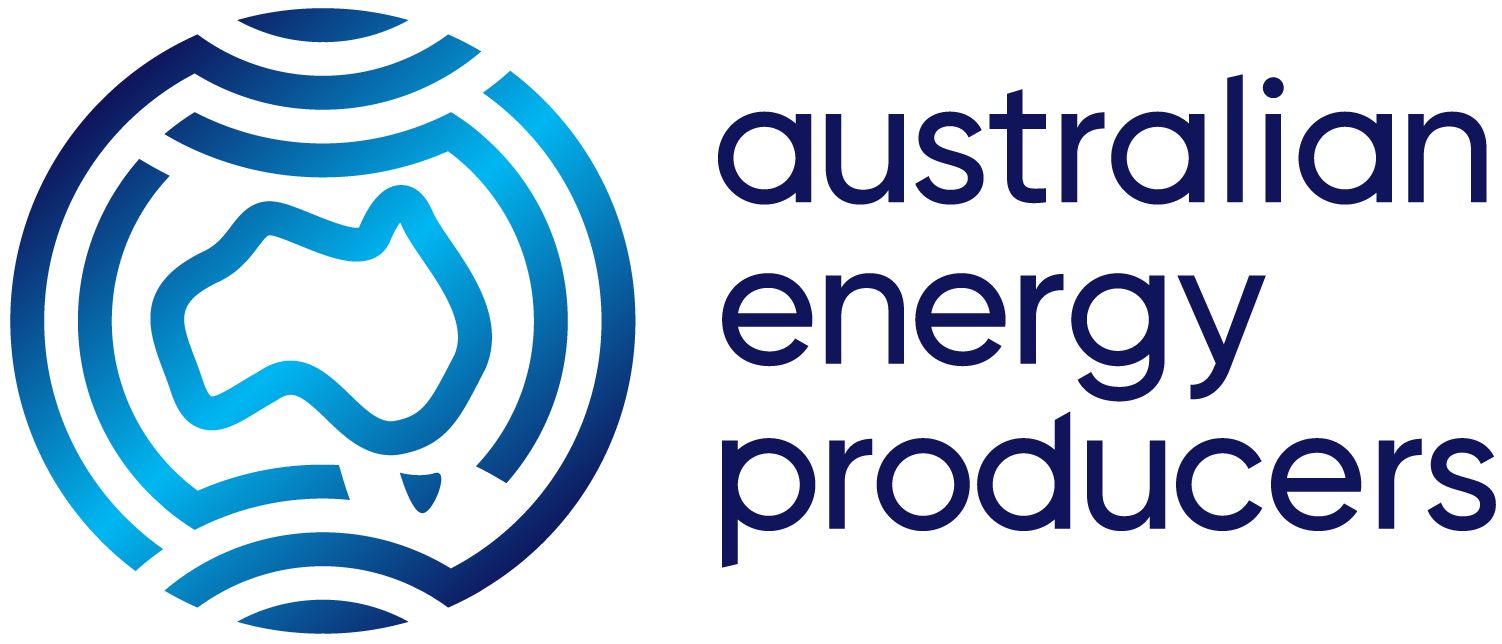Australia’s oil and gas industry’s top priority is the health and safety of its workforce, the general public and communities where we operate. The petroleum industry – both onshore and offshore – is a world leader in health and safety.
Stability, simplicity and consistency of the regulatory framework is fundamental to providing industry with the platform needed to continuously improve in the management of safety risks associated with its operations.
Performance data for the industry shows a long-term increase in hours worked and decline in accidents, illustrating the overall effectiveness of the industry’s efforts to improve safety.
The trend data also demonstrates reductions in recordable injury frequency rates, dangerous occurrence rates and reliability and availability of safety critical equipment and elements.
Leading practice and regulatory framework
Australia’s offshore regulatory regime for safety is underpinned by an objective-based regulatory approach and safety case model.
The Offshore Petroleum and Greenhouse Gas Storage Act 2006 (the OPGGS Act) and the safety regulations, provides a framework that outlines high-level requirements, where the onus is placed on the creator of the risk to identify, evaluate and manage the risks to ensure offshore oil and gas activities are safe and risks have been reduced to as low as reasonably practicable.
This approach imposes an ongoing obligation on duty holders to reduce risk of major accident events, losses of primary containment and personal safety.
The safety case model means that hazards, risks and controls must be systematically documented by an operator for assessment by the regulator.
The intent of the safety case is to ensure duty holders carry the responsibility for identifying and managing safety risks, rather than simply responding to risks pre-identified in regulations.
An important feature of the offshore regulatory regime for safety is consultation with all relevant people and stakeholders concerning the health and safety of the workforce.
Operating petroleum facilities under a safety case
Under a safety case, the operator of a petroleum facility must:
- Identify hazards & assess risks that could lead to a major accident event (MAE):
- Identify and select the critical control measures (or barriers) that are required to reduce MAE risks
- Decide how to implement and maintain these critical controls (barriers) through performance standards
- Involve the workforce at all levels.
The safety case is produced in the knowledge that it will be scrutinised by a competent and independent regulator.
Mental Health and Wellbeing Implementation Guideline
Australian Energy Producers has launched a Mental Health and Wellbeing Implementation Guideline in association with Safer Together and Australian Resources and Energy Group AMMA. The guideline is designed to offer support for our members as they continue to prioritise the mental health of our workforce.
The Mental Health and Wellbeing Implementation Guideline can be accessed as PDFs below:

